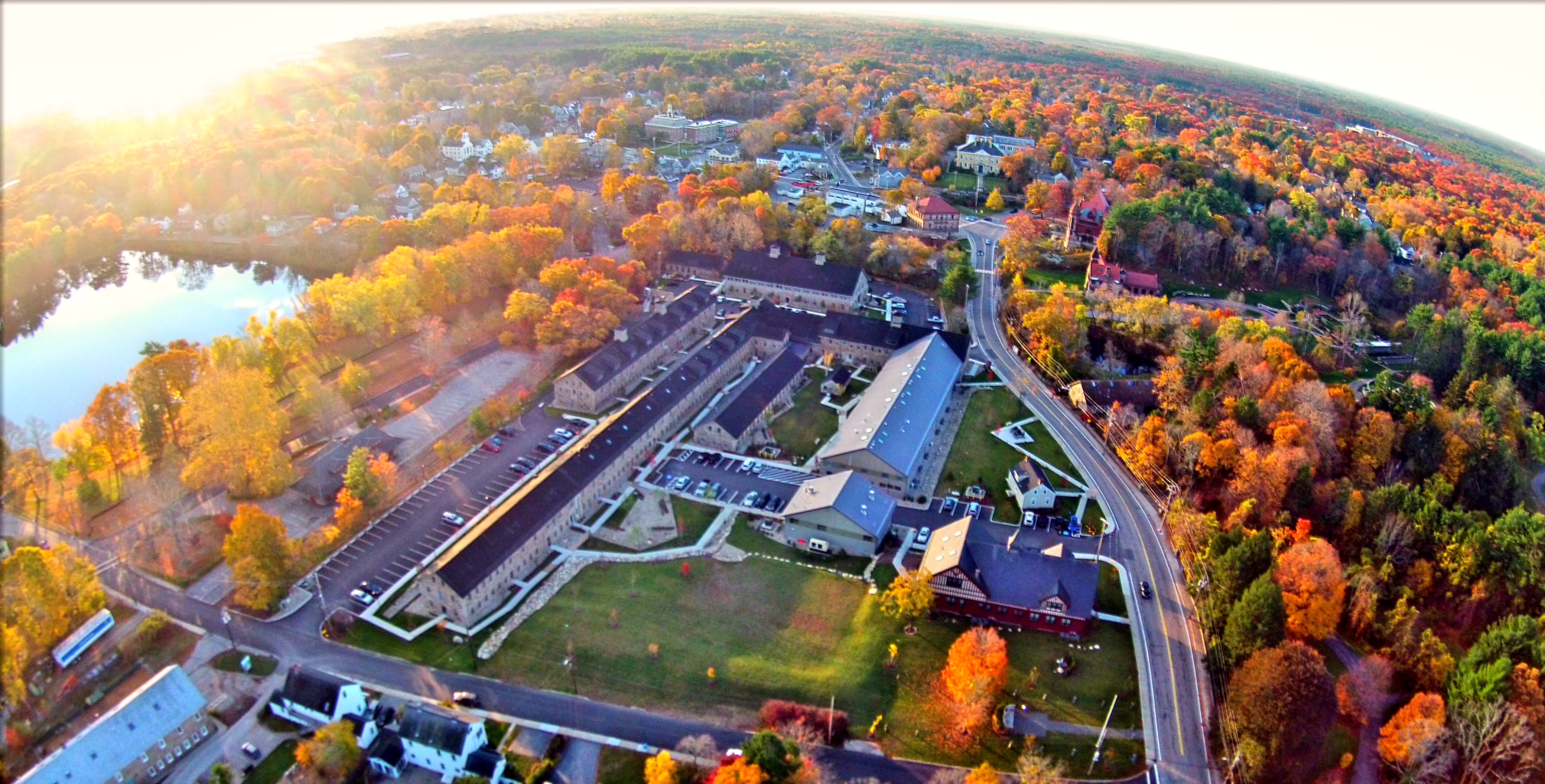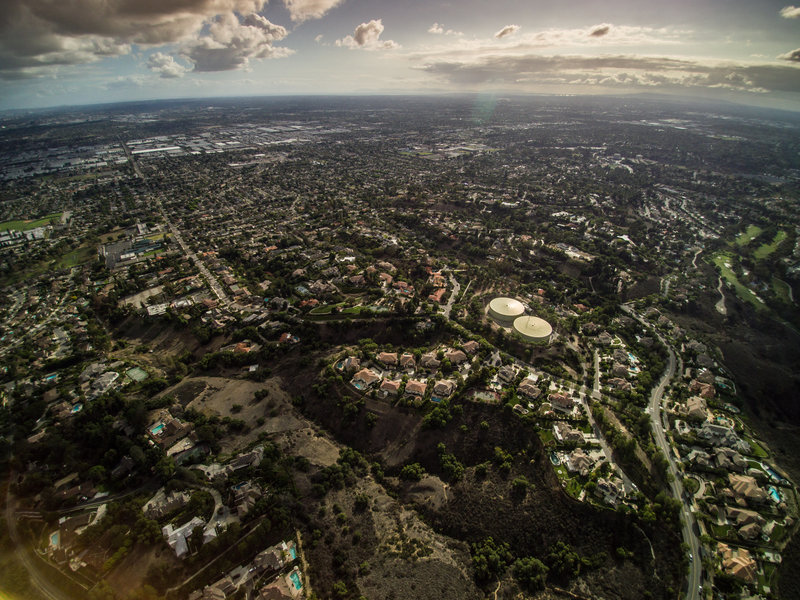Aerial Photographer Spokane Providing Expert Drone Photography Services
Aerial Photographer Spokane Providing Expert Drone Photography Services
Blog Article
Transform Your Viewpoint: The Art and Scientific Research Behind Drone Digital Photography
Drone photography stands for a substantial crossway of imaginative vision and technological innovation, making it possible for developers to record viewpoints formerly unattainable. Understanding the technicians of drone technology, from devices selections to composition methods, is essential for achieving engaging images. Additionally, considerations such as illumination and ecological conditions can greatly affect the last result. As photographers fine-tune their abilities in both airborne technique and post-processing, they unlock a richer narrative potential. What genuinely identifies effective drone photography from simple airborne photos? Exploring this inquiry discloses deeper insights right into the craft and its evolving landscape.
Recognizing Drone Modern Technology
Recognizing drone innovation is necessary for any individual curious about harnessing its abilities for photography. Drones, or unmanned airborne lorries (UAVs), count on a mix of equipment and software application to accomplish trip and capture imagery. At their core, these devices are furnished with sensing units, cams, and navigating systems that enable them to fly autonomously or be regulated remotely.
The key elements of drone technology consist of the trip controller, which works as the mind of the drone, processing information from different sensing units to guarantee steady trip. Additionally, general practitioner modern technology plays a crucial duty in navigation, enabling drones to adhere to pre-defined trip paths and preserve their placement also in difficult problems.

Moreover, recognizing the regulative landscape surrounding drone use is crucial, as it controls where and exactly how drones can be run, guaranteeing safety and security and compliance. Experience with these elements of drone modern technology equips professional photographers to maximize their imaginative potential while adhering to lawful guidelines.
Essential Tools for Drone Photography
Choosing the ideal tools is critical for accomplishing exceptional results in drone photography. At the heart of this setup is the drone itself, which ought to be chosen based on trip stability, electronic camera quality, and ease of use. Popular models typically feature integrated high-def video cameras that record magnificent aerial pictures.
In addition to the drone, buying a high-quality camera is essential. Many drones come furnished with cams qualified of capturing in 4K resolution, but also for professional-grade results, take into consideration a drone that allows for compatible electronic cameras or supports bigger sensing units. This versatility can considerably improve picture high quality.
Stabilization is an additional crucial element. A three-axis gimbal is advised for smooth video, minimizing vibrations that can detract from photo clearness. Added batteries and a trustworthy battery charger ensure prolonged trip time, allowing for more extensive shoots (drone photographer).
Understanding Composition Methods
Grasping composition techniques is fundamental to raising your drone photography from average to phenomenal. A well-composed image records the customer's interest and communicates a powerful story.
Among the important principles to think about is the regulation of thirds, which involves splitting your structure right into a grid of nine equivalent components. Positioning key components along these lines or at their crossways develops aesthetic interest and balance. In addition, leading lines can direct the visitor's eye with the photo, drawing interest to the subject and including depth.
Another efficient technique is mounting, where natural environments such as buildings or trees frame the topic, enhancing the focal point. This method not only supplies context yet likewise creates a feeling of affection within the scene.

Lastly, always bear in mind the perspective line. A jagged perspective can sidetrack and detract from an or else exciting picture. By understanding these make-up techniques, you can dramatically boost the effect of your drone photography.
Lighting and Climate Factors To Consider
In drone digital photography, the interaction of illumination and click to find out more weather can significantly affect the high quality and state of mind of your pictures. Optimal lighting conditions are crucial; the golden hours-- soon after sunup and before sunset-- offer soft, diffused light that enhances shades and reduces harsh shadows. During these times, the landscape appears more dynamic and vibrant, allowing for breathtaking airborne shots.
On the other hand, cloudy skies can generate a level, low-key combination, yet they can also supply also lighting that reduces comparison and highlights information in the environment. This can be advantageous for recording appearances in city setups or complex patterns in nature.
Weather, such as fog, rain, or snow, can likewise include distinct aspects to your digital photography. Fog can create a feeling of mystery, while rainfall can boost shades and saturate the landscape. Nonetheless, it is crucial to consider the safety and security of your drone; flying in unfavorable climate condition can cause equipment damages or loss of control.
Eventually, understanding how lights and weather affect your aerial shots enables you to pick the optimal conditions for your drone digital photography, making certain visually striking and compelling pictures.
Post-Processing Advice
After catching magnificent aerial images, the next step involves refining those shots with post-processing. This critical stage enhances the aesthetic effect of your pictures, permitting you to highlight the unique viewpoints that drones Click This Link give.
Beginning with software devices like Adobe Lightroom or Photoshop, which use robust editing capabilities. Begin by correcting exposure and white equilibrium to make sure that your colors appear realistic. Utilize pie chart checks to achieve optimal illumination redirected here degrees, staying clear of overexposure or loss of detail in darkness.
Next, boost contrast to include depth to your photos. Changing quality can hone essential details without introducing sound, which is specifically helpful in aerial shots where texture plays a significant role. Do not shy away from chopping; this can aid focus the viewer's focus on the major subject.
Color grading is an additional powerful device. Experiment with saturation and vibrance to make the landscape pop, yet apply these changes sensibly to keep an all-natural appearance. Think about using a slight vignette to direct the viewer's eye towards the center of the photo. By understanding these post-processing methods, you can raise your drone photography to brand-new elevations.
Verdict

What absolutely identifies reliable drone photography from simple aerial snapshots? Several drones come outfitted with video cameras capable of shooting in 4K resolution, yet for professional-grade outcomes, consider a drone that allows for interchangeable cameras or supports bigger sensing units. By grasping these composition methods, you can significantly improve the effect of your drone photography.
In drone photography, the interplay of lighting and climate can dramatically affect the top quality and state of mind of your pictures (aerial photographer spokane). By mastering these post-processing methods, you can elevate your drone digital photography to new elevations
Report this page